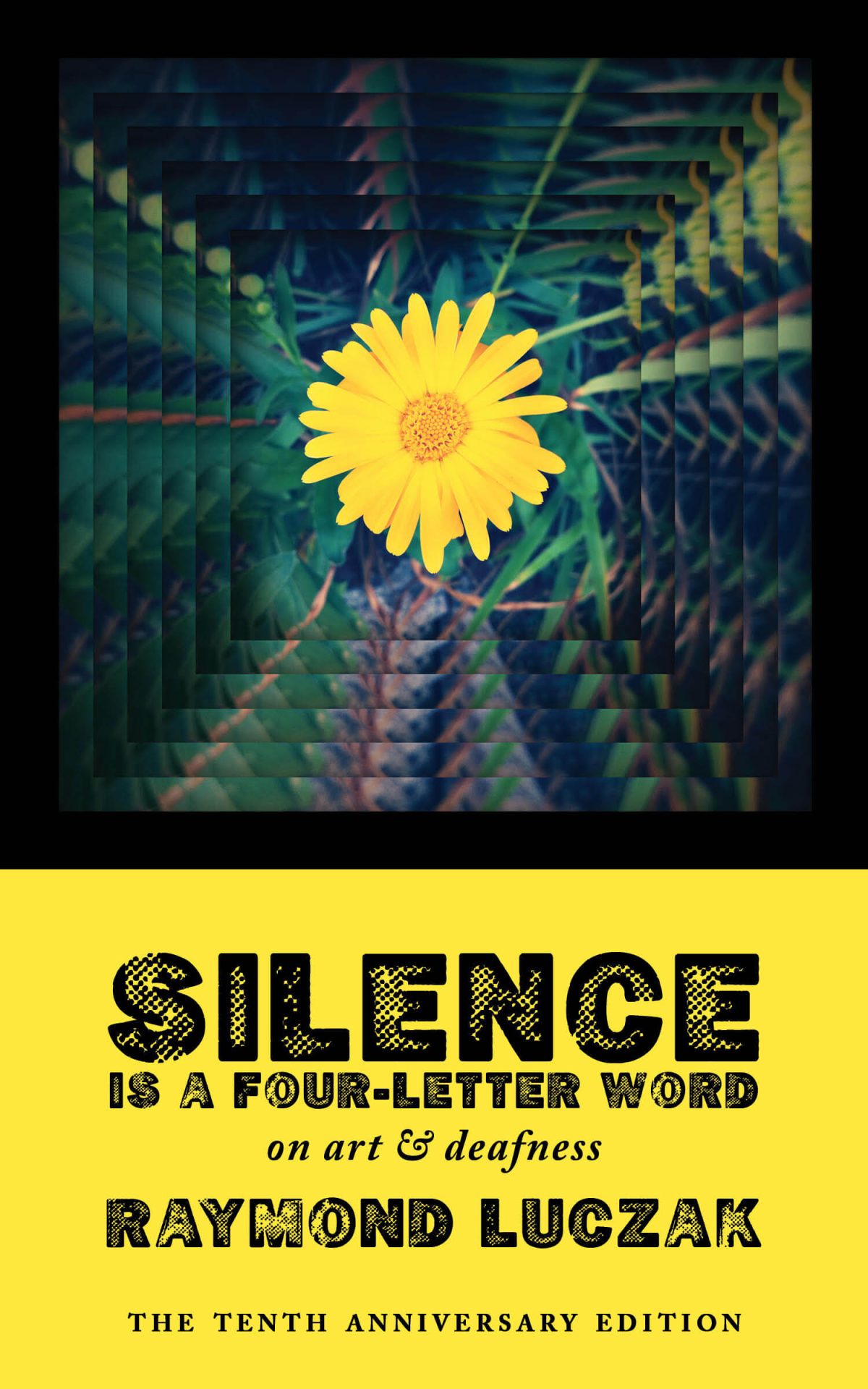“MUSIC IS A UNIVERSAL LIE.”
In 2002, Raymond Luczak handed us his call to arms for deaf artists everywhere. Ten years later, he revisits the book that challenged assumptions about being a deaf artist. Has anything changed? Yes and no.
“ART IS RISK.”
“Written in the form of quick bursts of opinion arrived at over his many years as a poet, playwright, and filmmaker, Luczak seeks to shake deaf artists out of the cages built by the hearing world . . . There are plenty of opinions to argue with in this volume. Yet Luczak calls us to ask important questions of ourselves.” — Emily Drabinski, Out
“WE NEED TO DISCUSS WHY POETRY SUCKS.”
Luczak’s meditations on what makes art “art” and deafness “deaf” asks artists–whether they are deaf or not–everywhere to rethink observations on their work and live differently. This tenth anniversary edition incorporates new observations from over the past decade. The tenth anniversary edition replaces the book below, which The Tactile Mind Press published in 2002. It went out of print in 2005.
Here are some excerpts from its mini-essays:
Art has nothing to do with how much hearing the artist has.
And art is not even a universal language. So much depends on our cultural upbringing that sometimes we do reject what is regarded as great artworks in other cultures.
When hearing people say that music is the universal language, they are lying.
I’d go further than that and say: Music is a universal lie.
If we don’t want our deaf artists to stop inspiring the deaf community to clearer expressions of themselves as a unique group, our insistence on labeling others within the deaf community has got to go.
“Nora’s not deaf enough for us.”
“Nick’s not hearing enough for them.”
“Why did Ned have to act so hard-of-hearing?” And so on.
When we start to deal with labels, we often get lost in the politics and lose sight of why we banded together in the first place: To communicate clearly without barriers.
“Interesting.”
It is the one comment that all artists should never hope to be applied to their work.
“Interesting” is a very polite way of saying, “I don’t get what you just did, but I don’t want to hurt your feelings, so I’ll say the next best thing.”
It would be so much better if one said honestly, “I didn’t get what you just did, so what were you trying to do here?”
When the artist tries to explain, she might discover accidentally why her intent hadn’t been as clear as originally thought.
Most hearing people don’t care about deafness. They might be fascinated with the idea of sign language, but the subtext is “novelty.” As you already know, deaf people are not a novelty with a cute language. We are a real people. So how can we move forward if no one takes us seriously?
I’m always amused when I hear about this or that deaf activist wishing to keep ASL “pure,” especially when ASL was originally adapted from French Sign Language (through our first deaf teacher of the deaf, Laurent Clerc, no less!) and combined with signs used by the local deaf community in Hartford, Connecticut; doesn’t that sound like what happened to English? Likewise, art should never be pure.
And of course, the book has many new observations!
“A penetrating account of the artist and his muse.”
— Harlan Lane, author of When the Mind Hears:
A History of the Deaf
